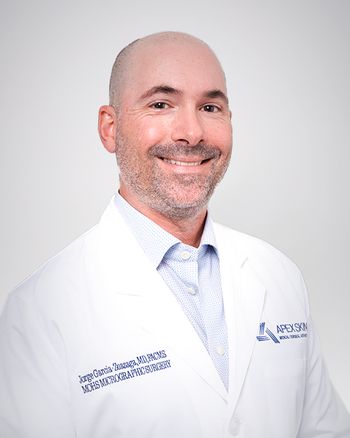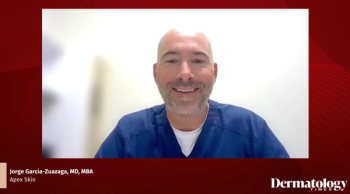
The 'triple threat' and the future of academic dermatologists
There is grave concern in the academic community about the limited number of young physicians, including dermatologists, who are opting for careers in private practice instead of choosing a career in academics. The obvious question that arises is, will there be enough professors of dermatology in years to come to train the next generation? If there aren't a sufficient number of dermatology faculty members to train new dermatologists, who will be capable of providing high-quality care to patients with serious skin disease?
While a number of reasons have been cited to explain this anticipated shortfall in academic teachers, the problem is complex and multifactorial, with no one cause and no one solution.
So what are some of the causes, and how can they be remedied?
There is no doubt that academic dermatologists receive less compensation than do dermatologists in private practice. This has been the case for decades, and yet previously, many young dermatologists entering academia knew they would earn less than their colleagues in private practice, and they accepted it.
Many academics, including myself, found this to be acceptable because of the emotional rewards that come from watching medical students and residents develop and grow into skilled and caring dermatologists. It was also stimulating to be in academics because of the opportunities to be on the cutting edge of technology and to work with colleagues on complex research projects.
However, many academic medical centers are commonly running budget deficits due to their patient mix, poor collections and other inefficiencies intrinsic to running a teaching hospital. Since the hospitals are commonly "in the red," they are in no position to provide state-of-the-art equipment for faculty to use.
The declining reimbursement from Medicare and private insurers, coupled with reductions in state support for public colleges of medicine, has made it more and more difficult to maintain salary levels even at their current levels, much less attempt to increase them to approach parity with those of private practitioners.
Contrary to what many people believe, academic dermatologists receive most of their salary from patient care revenues. However, given the inefficiencies associated with clinical teaching of residents, it is simply impossible to generate significant clinical revenue to totally support a salary in an academic program that even comes close to a salary in private practice.
The Medicare compliance rules for academic medical centers have increased the required level of resident supervision by the teaching faculty, resulting in a further reduction in the number of patients who can be treated in any clinical session.
The financial element is certainly one of the major reasons for the decline in young dermatologists pursuing a career in academic medicine. In my opinion, this is even understandable when one looks at the dramatic increases in tuition for college and medical students and the increased level of indebtedness residents must assume for education loans.
Possible solutions
Another possibility: A fund could be established with the revenue generated by volunteer faculty to supplement salary and to help pay for professional travel expenses or the purchase of new equipment or devices to allow the dermatology training program to remain "state-of-the-art."
Newsletter
Like what you’re reading? Subscribe to Dermatology Times for weekly updates on therapies, innovations, and real-world practice tips.
















